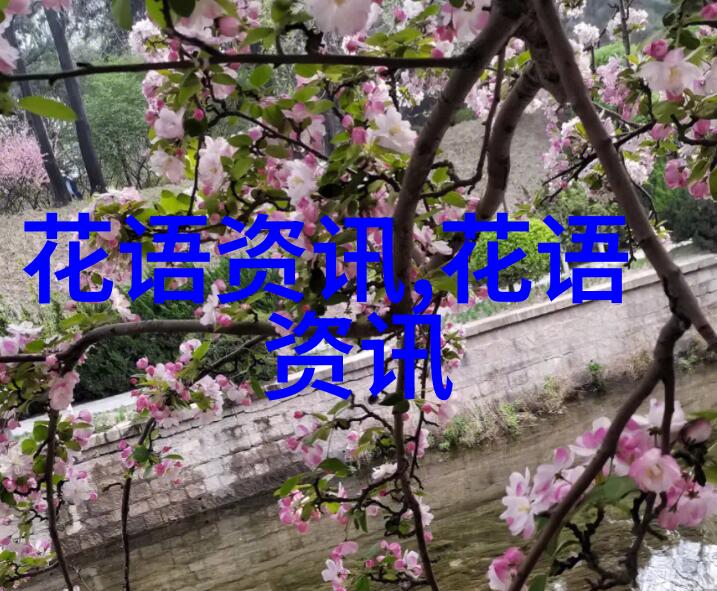 爱德华·霍普(Edward Hopper)高清作品《小城市办公室》
爱德华·霍普(Edward Hopper)高清作品《小城市办公室》
作品名:小城市办公室
艺术家:爱德华·霍普
年代:1953
风格:新现实主义
类型:城市风貌
标签:房屋建筑
1930年夏天,爱德华·霍珀和他的妻子第一次在马萨诸塞州的特鲁罗租了一间小屋,他们整个20世纪50年代都会定期回到那里。1953年夏天,霍珀住在特鲁罗时,他开始了“小城市办公室”的创作,并在f的纽约工作室里完成。所有。然而,与其描绘科德角的风景,倒不如说《小城市办公室》是二十世纪中叶发生在美国任何一个城镇的场景。霍珀对早期作品《夜晚的办公室》(1940年;明尼阿波利斯沃克艺术中心)的解释也适用于这幅画:我的目的是试图给人一种孤立而孤独的办公室内部相当高的感觉,其中办公室家具具有非常明确的意义在这个场景中,孤独的办公室工作人员在生理上和情感上都是孤立的。没有迹象表明他干的是什么职业,因为他总是袖手旁观;事实上,他似乎是在做白日梦,而不是在工作。战后美国企业的文化表现在大量生产的办公家具,办公室本身的非个人化氛围,以及该男子与看不见的同事之间的超脱。尽管他的角落办公室提供光线和空气,他似乎被困在了适当的位置。他被办公室的窗户框住了,他的头靠着另一扇窗户,隔着那栋大楼的墙,这暗示着他把自己封闭在自己的环境中。这个男人的孤独,以及这座建筑朴素的、功利的上层建筑和右下角装饰性的虚假正面之间的对比,表明霍珀自己对现代城市生活的矛盾心理。
Title:Office in a Small City
artist:Edward Hopper
Date:1953
Style:New Realism
Genre:cityscape
Tag:houses-and-buildings
Edward Hopper and his wife first rented a cottage in Truro, Massachusetts, in the summer of 1930, and they would return there regularly through the 1950s. Hopper began Office in a Small City while he was staying in Truro in the summer of 1953, and he finished it in his New York studio in the fall. Rather than depicting the Cape Cod landscape, however, Office in a Small City is a scene that could have taken place in any American town in the mid-twentieth century. Hoppers explanation of his earlier work Office at Night (1940; Walker Art Center, Minneapolis) also applies to this painting: My aim was to try to give the sense of an isolated and lonely office interior rather high in the air, with the office furniture which has a very definite meaning to me.The solitary office worker in this scene is isolated both physically and emotionally. There is no indication of his particular profession, as he sits in his shirtsleeves; he appears, in fact, to be daydreaming rather than working. The postwar culture of American business is evident in the mass-produced office furniture, the impersonal atmosphere of the office itself, and the mans detachment from his unseen coworkers. Despite the light and air afforded by his corner office, he appears trapped in place. He is framed by the office window, and his head is profiled against another window and the wall of the building beyond, in a manner that suggests his containment within his environment. The solitude of the man, and the contrast between the stark, utilitarian upper story of the building and its decorative false front, visible at the lower right, suggest Hoppers own ambivalence toward modern urban life.


